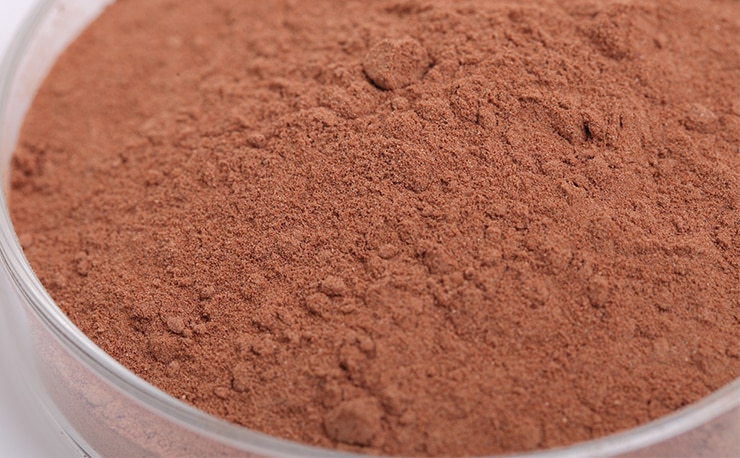The Schisandra is a plant adaptogen rich in lignans, beneficial against stress and stimulating the heart and nervous system. Let’s find out better.
Property of Schisandra
Schisandra is, above all, an adaptogenic plant (i.e., it goes where there is a need). Properties of Schisandra Chinensis Extract include the following:
- Increases stress resistance.
- It can stimulate the central nervous system.
- Stimulates the heart: it is a vasodilator, normalizing blood pressure, especially in respiratory insufficiencies.
- Raise the immune system.
- It has antioxidant, antitussive, antibacterial, and expectorant properties.
- It tends to regularize the gastric pH (one of the main stress targets) by raising it when it is low and vice versa.
- Stimulates the central nervous system by improving healthy individuals’ reflexes, resistance, and work capacity.
- Due to its antioxidant and protective properties of the liver cells, it helps reduce toxins produced by intense physical activity.
- It plays a vital role in the excesses of sweat and, therefore, in the loss of mineral salts.
- Its effect against bacteria is associated with pulmonary disorders.
- Normalizes the pressure without altering normal or high pressure.
- It gives good resistance to viral agents and infections.
- The presence of vitamins A and E improves the appearance of the skin.
- The lignans present in it prevent damage to the liver, stimulate recovery, and regulate the release of gastric acids.
These effects are primarily attributable to lignans such as Schisandra, schisanterina, and Gomisina, or the active ingredients contained in Schisandra and belonging to the class of phytoestrogens.
The lignans we find in Schisandra Chinensis Extract help regenerate the liver tissue damaged by harmful influences, such as viral hepatitis and alcohol. The main active components are the essential oil in fruits, volatile, composed of citral sesquicarere, citric acid, malic acid, tartaric acid in modest quantities, monosaccharides, resin, pectin, rich in vitamins A, C, and E, phospholipids, sterols, tannins.
How to use it?
The parts used are the fruit, wholly ripe and dried in the sun, whose taste is a mixture of sour, sweet, salty, warm, and bitter flavors, and the seeds, also from the sour, sweet, and salty flavors. This unusual combination of flavors is reflected in its Chinese name Wu-Wei-Zi, which means “fruit of five flavors.”
Herbal preparations based on Schisandra, obtained with Schisandra Chinensis Extract and fresh powder, are used as adaptogens for their antioxidant effects and to increase energy. The fruit helps to protect the liver from toxins.
It treats coughs, asthma, insomnia, stress, chronic diarrhea, nocturnal and spontaneous sweats, premature ejaculation, thirst, impotence, physical exhaustion, and excessive diuresis.
Decoction of Schisandra: pour 200 ml of water and a spoonful of Schisandra into a container. Boil it for 10 minutes. Turn off and leave to infuse for 10 minutes (stirring occasionally), filter, and sweeten to taste.
How to use:
1 to 2 cups daily, preferably in the morning and early afternoon.
Contraindications of Schisandra
Possible contraindications, although rare, may be upset stomach, decreased appetite, and urticaria. It could also cause, occasionally, gastric burning and gastric acidity.
Caution in people suffering from reflux oesophagitis, or in the presence of a peptic ulcer, in those with epilepsy, high blood pressure, and intracranial hypertension. Caution during pregnancy and lactation (do not take unless advised by your doctor).
Description of the plant
Schisandra Chinensis Extract belongs to the Schisandracee family. The name means “seed of the five flavors.” It is a climbing plant with a woody stem with a very contained, non-invasive structure, but if left to vegetate freely, it can even reach ten meters in height.
It has thick deciduous, pointed, small to medium-sized, slightly fleshy leaves, a beautiful bright light green color with distinct ribs accentuating the overall beauty, and distinct petioles, red when young. In autumn, before autumn, It has a pleasant yellow-orange color. The fruits are berries that, when they mature, are red.








